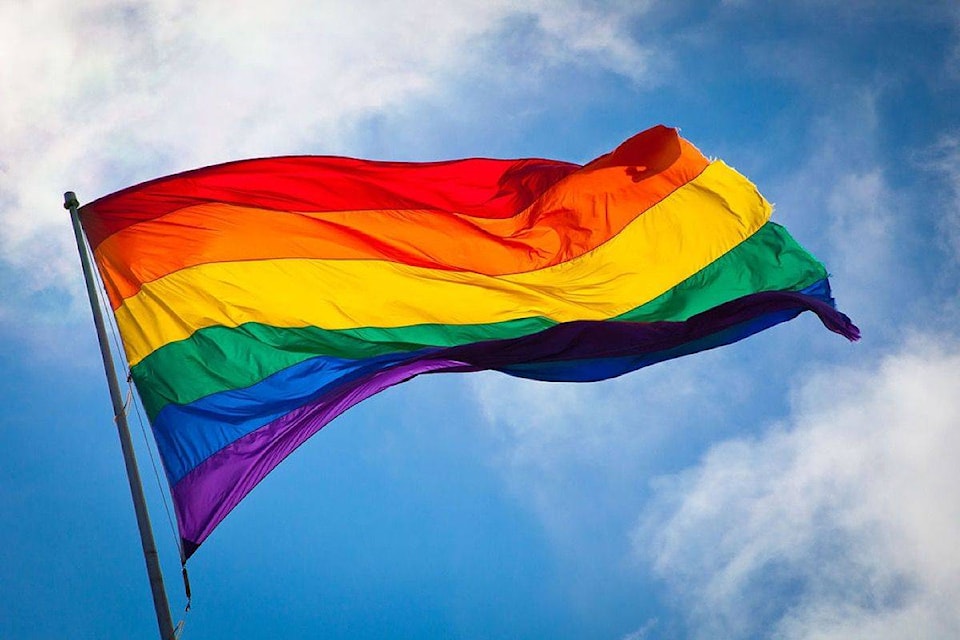2SLGBTQI+ youth are continuing to experience bullying and discrimination in the Comox Valley.
As a response to these ongoing issues, this past May, the Comox Valley Community Health Network partnered with the Pride Society of the Comox Valley, facilitators from the non-profit NewStories, and youth advisors. Together, they hosted a virtual dialogue for queer youth to share their experiences and to share their opinions and ideas about making change. The youth who attended the session were between the ages of 15 and 23. All participants were either current or past students of School District 71.
Based on what this brave group of queer youth shared, a recommendations report was created.
“We hope the report will help to inspire and guide local leadership to bridge the gaps between policy, action, and culture,” said Network facilitator, Lindsay McGinn, in a press release. “Local leadership has an important part to play in fostering more acceptance and creating a more inclusive community for 2SLGBTQIA+ youth in the Comox Valley.
The youth shared that the virtual dialogue was a positive experience.
“It was a bittersweet comfort to actually hear someone else share an experience similar to my own,” said one youth.
“It felt validating to connect over shared experiences in an environment where we are hoping to create change,” said another (names withheld for privacy).
The Comox Health Network works collectively to address the social determinants of health, and root causes of inequitable health outcomes in our community. Stigma and discrimination against queer and trans people are often embedded in the structure of organizations and social institutions which leads to unequal social, emotional, mental and physical health outcomes.
A few of the health indicators related to queer and trans youth in B.C.:
• On in four queer and trans youth in BC are forced out of their homes due to severe family conflict.
• Among homeless youth in BC, one in three females and one in 10 males self-identify as queer, trans or questioning. Within this group, people of color and aboriginal people fare worse.
• Queer and trans youth are twice as likely to live in unstable housing (moving three or more times in the past year) 29 per cent of trans people report being turned away when trying to access shelters, and 22 per cent report being assaulted by residents and staff.
• The risk of suicide among trans and queer youth is 14 times higher.
• Queer or trans homeless youth are three times more likely to engage in survival sex.
• Food insecurity: queer and trans youth are up to five times more likely to go to bed hungry at night because of no food in the house.
• There is a shortage of youth shelters and housing programs with supportive services that cater particularly to queer, trans and questioning youth because their existence and specific needs are not acknowledged.
“Here in the Comox Valley there is work to be done to create more supportive environments and a better understanding of the diversities that exist within our community,” said McGinn. “Our work focusing on the determinants of health shows us that true inclusivity and a sense of belonging for everyone would help to reduce these negative consequences, promote positive well-being and reduce homelessness and long-term poverty.”
The Comox Valley Community Health Network is committed to addressing homophobia, transphobia, stigma, exclusion, and discrimination in our community.
To read the report and to learn more about the Comox Valley Community Health Network visit www.cvchn.ca
ALSO: Summerland firefighter’s transgender identity began 3 years ago
